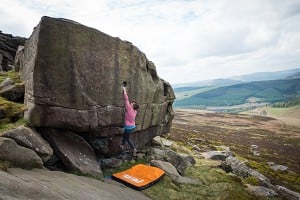
Gudmund Grønhaug and Cristiano Costa explain in detail the possible causes of finger pain in relation to climbing.
Fingers are the most common place to have an injury or develop pain in climbing. A total of 41.3% of those who have had a climbing injury in the last 6 months reported a finger-related injury. Men are almost twice more likely to report that they have an injury to their fingers than women (45.3% men and 29.2% women).
Fingers are the first point of contact in climbing and therefore climbers' fingers have to endure a higher load than in any other sporting activity. Finger pain may start as a result of increased training: load, frequency, and/or volume. During climbing, fingers are used to hang on a variety of holds differing in shapes, sizes, orientation, and directions. We stack fingers, jam them in cracks, pockets and pull hard on nail-sized holds. Any of the above can lead to transient finger pain that may resolve as well as leading to some sort of structural damage. In the following article, we aim to discuss some of the structures that can be affected in climbing.
What is causing the pain?
If you ask a climber at a crag or gym about finger pain, the most likely answer is that there is a pulley injury. Identifying the source of pain is the first step on the road to recovery and the following is not an extensive list of possible pain sources.
As shown in the picture, the fingers consist of three small joints and three small bones (phalange), the thumb and little finger having the supply of intrinsic hand muscles. The other fingers have the lumbrical muscles and Palmar interossei. Lumbricals and interossei action are flexion of the metacarpal phalangeal (MCP) joints and extension of the interphalangeal joints (IP). Palmar Interossei adduct the fingers towards the middle finger, while the dorsal interossei abduct the fingers - with this action the fingers split apart. The muscles of the little finger and thumb are less likely to be compromised. Further to the lumbricals and interossei, other structures that can be involved are of a more passive nature: ligaments, joint capsule, volar plate.
Three main tendons are found on each finger. There are two flexor tendons (flexing the finger): flexor digitorum profundus attaching to the distal phalanx, and superficialis attaching to the middle phalanx, while the muscles are situated on the palmar aspect. On the dorsal aspect, there is the extensor tendon (extending the fingers). All tendons come from muscles that originate around the elbow joint. The flexor tendons come from the medial aspect of the forearm and the extensor tendon comes from the lateral aspect of the forearm. The tendons slide through a fluid-filled tendon sheath to reduce friction with other structures. Through the length of the finger run structures called pulleys: annular (A-1 to A-5) and cruciate (C-1 to C5). Literature suggests that in climbing, the most injured pulleys are the A2 and the A4.
The pulley system prevents bowstringing and allows dextrous movement of fingers. These are strong connective tissue and can withstand loads of 100-150 kg, so injuring them takes a lot of stress! The annular pulleys are quite wide and cover from 3 mm (A5 and A3) to a full 10 mm (A2).
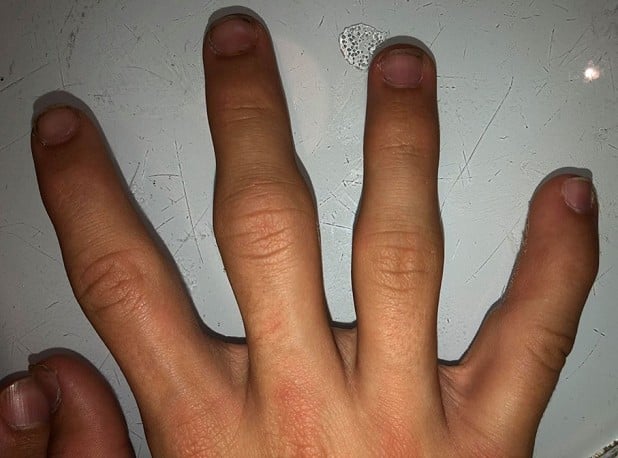
Cruciate pulleys have a similar function to the annular. They are shaped like a cross over the bone and lie between the annular pulleys. The cruciform pulleys are narrower and withstand less force, hence they are more likely to be injured than the annular pulleys. Cruciform pulleys are partially attached to the joint capsule, therefore finger joint pain can originate from those structures, as well as being a potential consequence of a partial tear to the joint capsule and/or a combination of both structures being compromised.
In addition to these structures, there are eight ligaments in the fingers, each of which can cause pain. Ligaments are generally very strong in the longitudinal direction, but cannot withstand pressure and compression as well. When we climb, we often expose the ligaments to pressure and compressions, which can cause pain and minor swelling, especially with high pressure on sharp edges.
The Volar plate is another commonly injured structure in the finger. It is a thickened ligament, situated on the palmar aspect of the fingers covering the MCP and IP joints. The volar plate can be affected by the hyperextension of a finger or a high compression load onto it. Volar plates can also cause an avulsion fracture, which leads to a small bone fragment becoming detached. Orthopaedic surgeons are seeing a lot more volar plate injuries than pulley injuries.
Collateral ligaments can also be affected; the most common causes are finger-locking and there has also been a high incidence of climbers hitting holds on dynamic moves with the collateral ligament being overstressed under high-speed, causing issues to its integrity, leading to partial, and in more serious cases, full tears.
The joint capsule has two functions:
1. Keeping the joint fluid in place inside the joint to ensure it can be moved with little friction.
2. Ensuring that the joint does not move beyond its physiological range of motion, also supported by ligaments in this role.
A possible problem that can occur with the joint capsule in the fingers is overstretching. Stretching the capsule could have consequences for both the capsule's function and its ability to keep the joint stable, leading to capsulitis. Once a capsule is overstretched it can end up being impinged since its recoiling property is lost, leading to pain and dysfunction.
The tendon-bone transition is a small area in the fingers. It is an area of a few square millimetres where the fibril and collagen parts of the tendon have grown into the bone to attach. This transition becomes stronger and thicker under load, but the process of strengthening and thickening the attachment takes a long period of adaptation. From the time you start climbing until there is a clear change, it can take from one to two years. During this process, the tendon-bone transition is heavily stressed. If the load over time is higher than the attachment can withstand, ruptures or full tearing can occur here. It is then common for the tendon to tear loose from the bone, known as an avulsion fracture.
As with the ligaments, the tendon insertion is also sensitive to direct pressure and pulling forces. Direct pressure and increased pulling load can cause localised inflammation, thus transiently weakening the insertion point.
Pain in the fingers is common when climbing and fingers are the most frequently reported injured area in research on climbing injuries. As many as up to 70-75% of climbers have had an injury to their fingers in the last six months, as described in Gudmund Grønhaug and other researchers' work, which appears to be very high. It is important to remember that these are self-reported injuries. As mentioned earlier, pain is not necessarily always related to structural damage. In most cases, many of those who have reported a finger injury have experienced transient pain with no further structural damage to their fingers.
As stated in the text above, there are many structures in the fingers that can cause pain. Nevertheless, the vast majority of people who give/receive advice about a sore finger will think that it is most likely related to an A-pulley injury. This advice is usually given without the finger being fully examined. According to Volker Schöffel, who is an orthopaedic consultant and one of the foremost researchers in climbing injuries, finger injuries are one of the most difficult to diagnose. In Gudmund's research, it was found that climbers with a self-reported finger injury are also most skeptical about whether health professionals can help. They rely more on friends and the Internet.
It is also in this group that we find the most climbers with more than one injury within a six month period (these figures have not been published yet). Could there be a connection here? Maybe it would be wise to seek a health care professional for a sore finger? It could potentially only be some minor issue, or a more serious injury, requiring further attention and a tailored rehabilitation program to aid full recovery and function.
Gudmund's research carried out on climbing injuries in Norway shows that those who climb outdoors are most likely to have finger injures. Gudmund found no correlation at this stage. There is a lot that suggests that it is at the end of workouts that injuries occur, so this may be an explanation. At the same time, there is little doubt that you have to endure a little more pain in the skin on your fingers when outdoors. Maybe it makes you ignore internal pain from the fingers? It may also be that climbing holds indoors are of such a design that it protects the fingers a little more. In recent years, rounded holds have become more and more common indoors.
Cristiano Costa has been climbing for over 3 decades. Based in London for the past 24 years, he has been treating climbers since 2005, reporting that in his clinics, most climbers mainly practice indoor climbing or at least on a much higher frequency in comparison to outdoors. In this setting, there is also a very high incidence of reported cases with finger pain, with a wide range of structures being compromised. At this stage, there is no research yet to suggest any correlation of finger injuries related to either indoor versus outdoor climbing.
As one can appreciate considering the possible structures that can be affected during climbing, a thorough examination to achieve a diagnosis is paramount in aiding the rehab process, along with a program that is tailored to the injury and its state at a given point during the healing process to identify the optimum load.
If you experience pain in a finger, go and see a health professional!
If you hear about someone with finger pain, do not try to diagnose it if you are not trained in diagnosing finger injuries. Working in a gym or any previous experience of finger pain does not make you an expert on finger injuries!

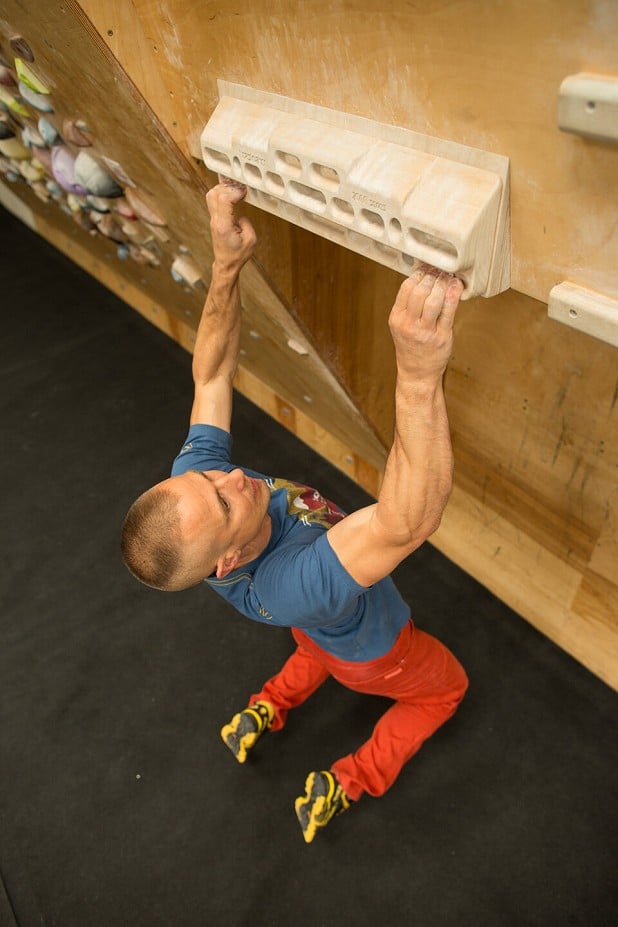
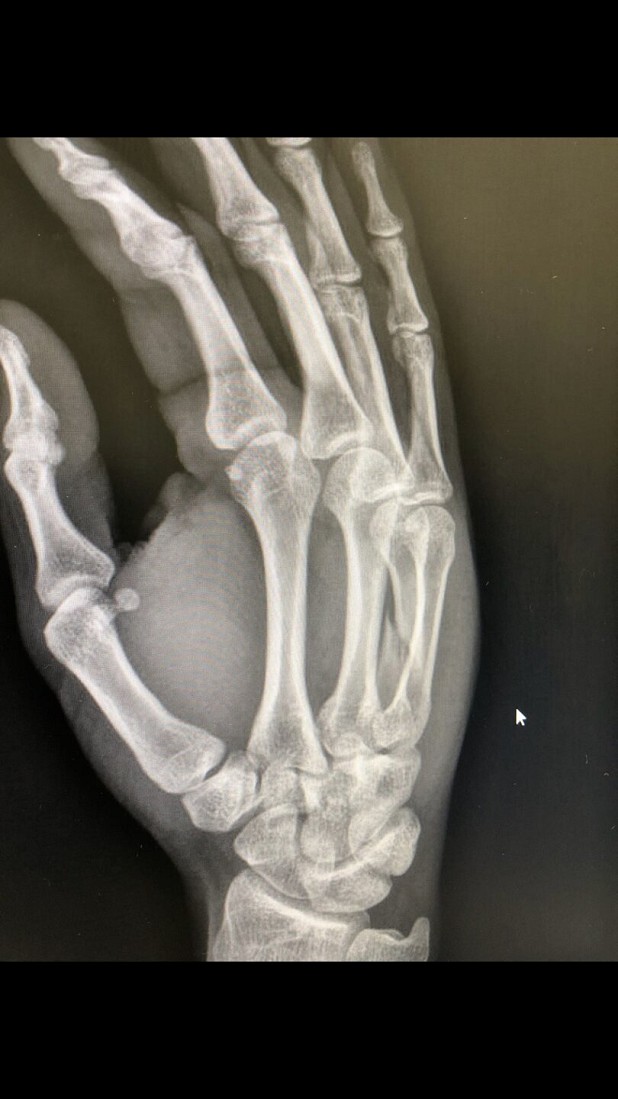
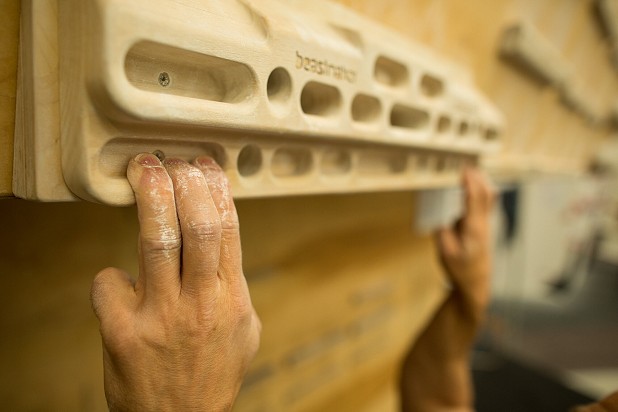
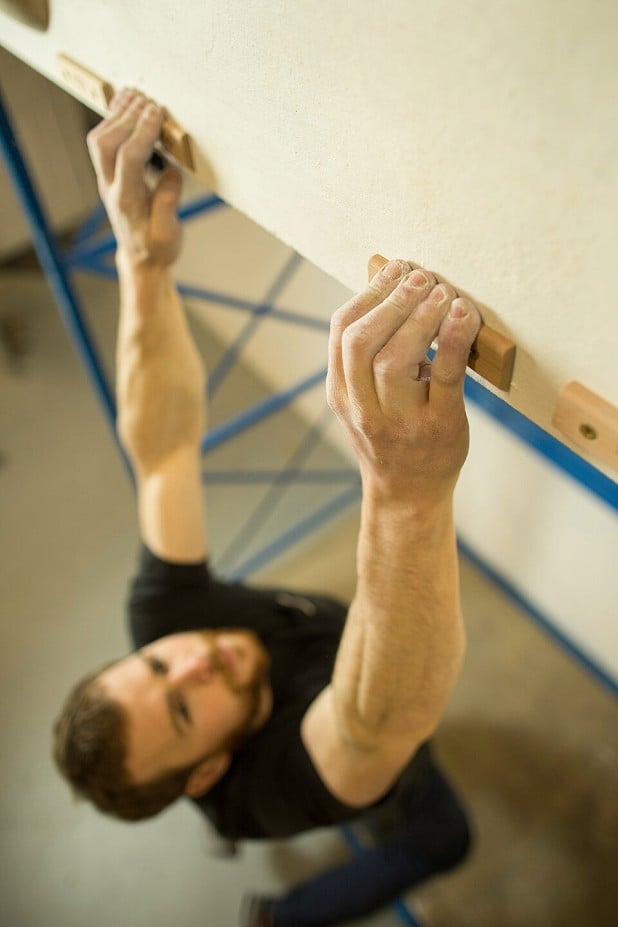
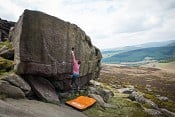








Comments
is there a reason why out of 6 featured pictures all are of men with one unknown (the scan picture)?
Maybe because men are 55% more likely to report a finger injury?
I would suggest if the gender imbalance of the hands is what you've taken away from this article, that you have developed an unhealthy pre-occupation.
I'm sure I saw somewhere that women were genetically less likely to get finger injuries as well?
Good content. I would add that considering how deeply this article went into the structures of the hands/fingers, more pictures illustrating what it was saying would have gone a long way.
This was well written, which made it easier to follow, but there's only so far ones imagination can go